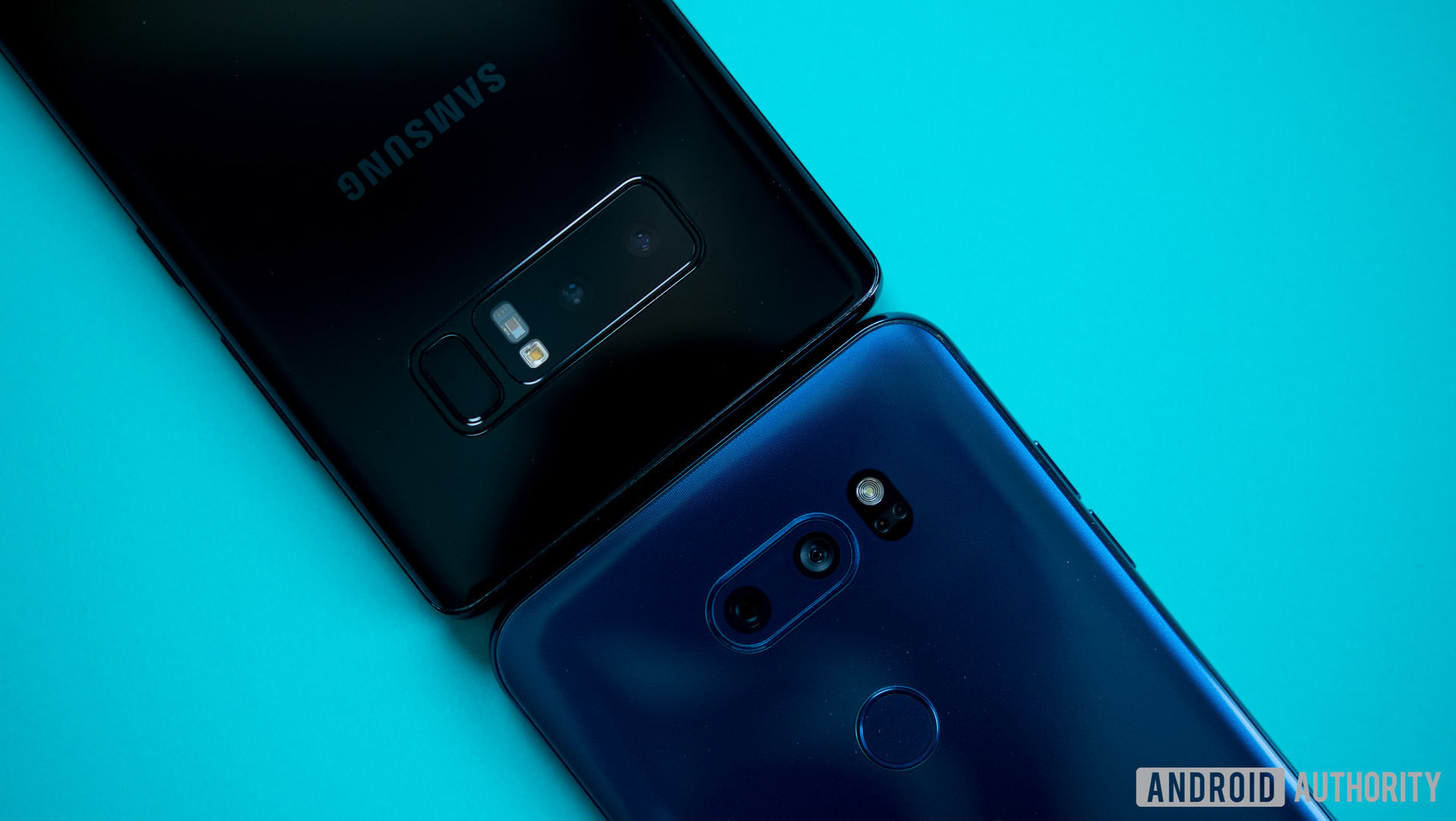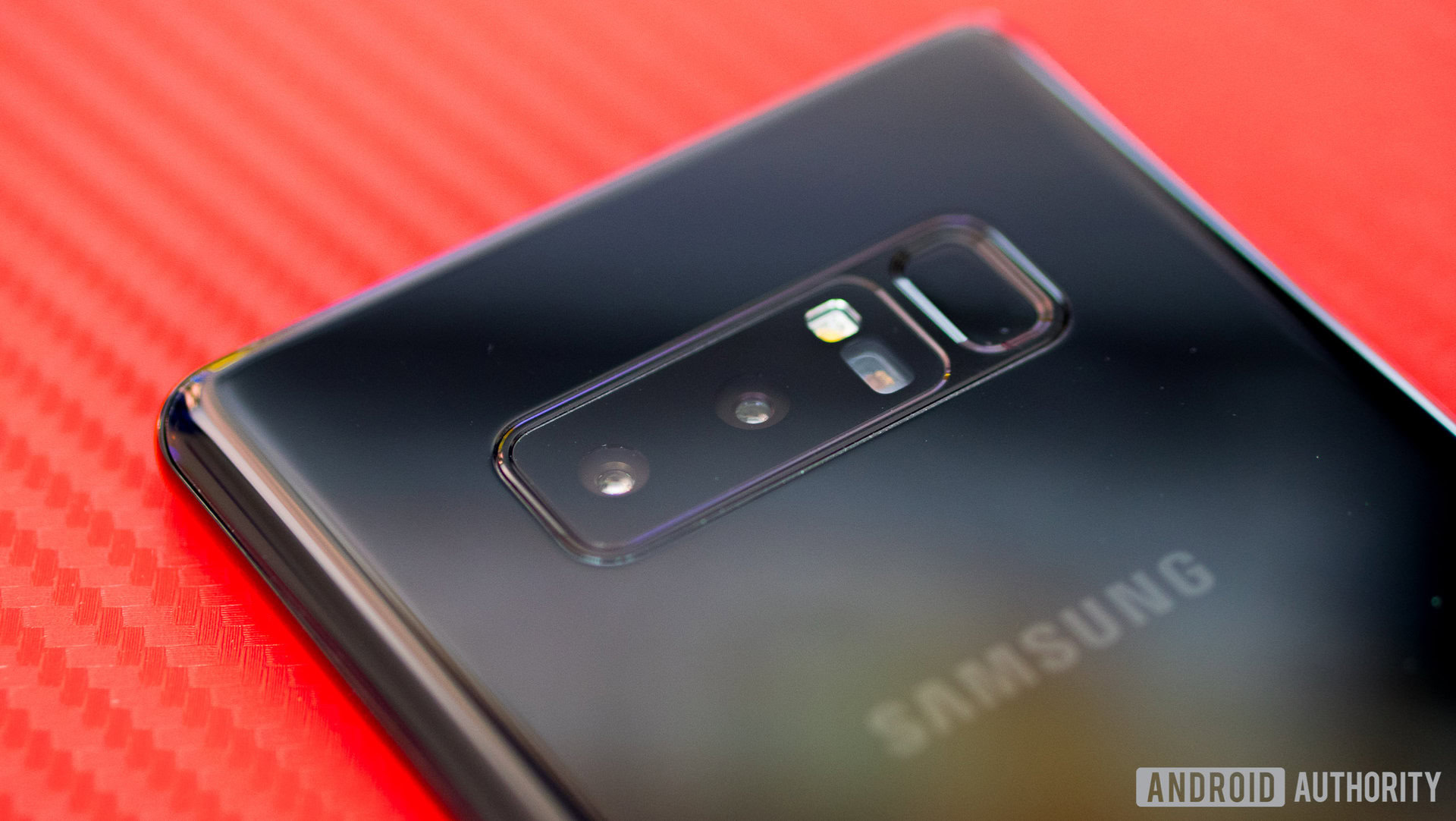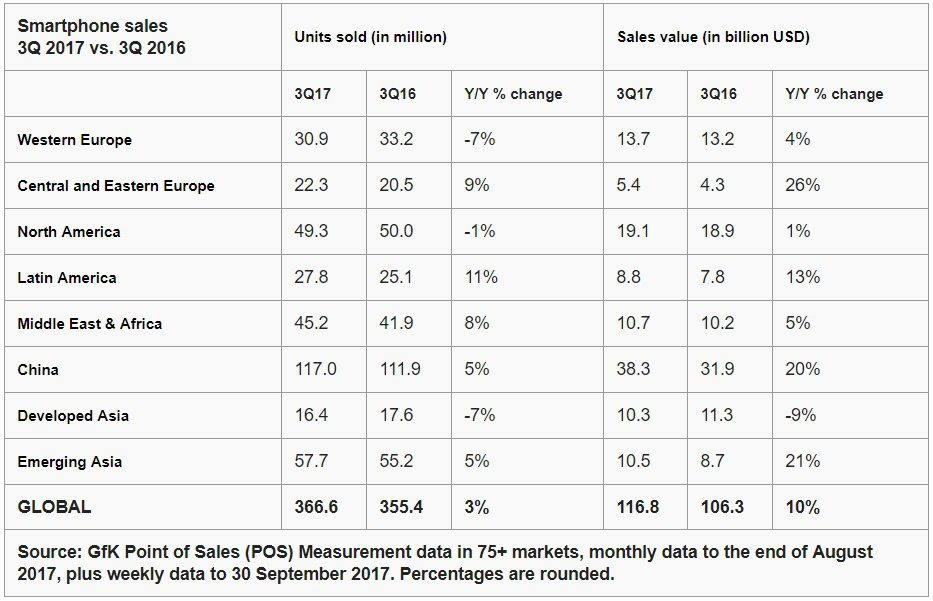Affiliate links on Android Authority may earn us a commission. Learn more.
Average smartphone sale prices are increasing, report suggests

If you heard about the cost of the iPhone X last month, you might have been taken aback. Apple’s flagship smartphone set consumers back $999 when it goes on sale next week, making it one of the most expensive commercial smartphones ever produced. Recent data suggests that it may be part of a trend towards more expensive devices.
According to research provided by insights firm GfK (via Recode), the average smartphone sale price is increasing around the globe and has risen 7% in Q3 2017 compared to Q3 2016. The numbers differ significantly from market-to-market, with the US said to have only a 1% increase in average sale price, compared to the likes of Central and Eastern Europe which was said to have risen 26% (though it should be noted that North America sees the sale of far more smartphones). Nonetheless, the numbers indicate that consumers are buying more expensive handsets than ever before.

The information is based on figures from more than 75 markets collected in August and September, and prices are based on “point of sale” data, meaning sale prices through carriers and resellers aren’t included. GfK also doesn’t take yearly inflation numbers into account.
In its report on the matter, GfK wrote: “The shift towards very high-end devices is a clear trend in this region, with one out of eight smartphones sold in this quarter priced above USD 900, compared to one out of 16 in 3Q16.” Check out the table from GfK below.

At first blush, it looks like a surprising set of figures, seeing as the price of consumer electronics products typically decreases over time — like how VHS machines cost more than a grand in the 70’s and were basically being handed out by the early 2000’s, for example. Not only that, there has been a rise of low-cost smartphones — particularly those coming out of China — in the last two or three years which one might expect would have pulled that average down.
So why might average sale price be going up (and I say “might” because we can only point to GfK as the source of this information right now)? One reason could come down to the demand for more premium hardware and features. Manufacturers are still adding ways to make their phones more attractive to consumers: curved displays, waterproofing, dual speakers etc. It might simply be the case that consumers are still willing to pay more for advanced features despite the wealth of smartphone options.
That may seem obvious, but I point it out because one could be tempted to look at this increase in sale price and assume that corporations are upping retails costs and we, as consumers, are all getting screwed. But I don’t believe that’s the case. There are numerous alternatives to expensive smartphones, and the difference in functionality between “premium” and “midrange” is increasingly murky. If the sale prices are going up, it’s not because consumers are being forced to pay more, it’s because consumers are gladly paying more.